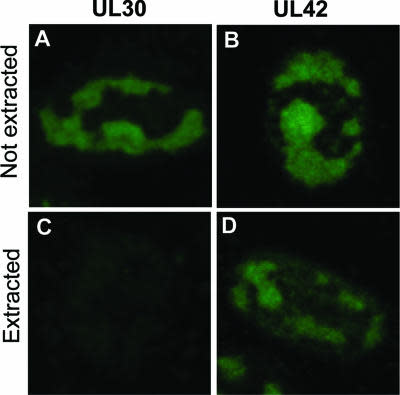Cat. #151589
Anti-SIGLEC5 [1A5]
Cat. #: 151589
Sub-type: Primary antibody
Unit size: 100 ug
Availability: 1-2 weeks
Target: Siglec5
Class: Monoclonal
Application: IHC ; ELISA ; FACS ; IHC ; IF ; IP ; Fn ; WB
Reactivity: Human
Host: Mouse
£300.00
This fee is applicable only for non-profit organisations. If you are a for-profit organisation or a researcher working on commercially-sponsored academic research, you will need to contact our licensing team for a commercial use license.
Contributor
Inventor: Paul Crocker
Institute: University of Dundee
Tool Details
*FOR RESEARCH USE ONLY
- Name: Anti-SIGLEC5 [1A5]
- Alternate name: Sialic Acid Binding Ig Like Lectin 5; Obesity-Binding Protein 2; OB-Binding Protein 2; CD33 Antigen-Like 2; SIGLEC-5; CD33L2; OBBP2; Sialic Acid-Binding Immunoglobulin-Like Lectin 5; CD17 Antigen;
- Clone: 1A5
- Tool sub type: Primary antibody
- Class: Monoclonal
- Conjugation: Unconjugated
- Reactivity: Human
- Host: Mouse
- Application: IHC ; ELISA ; FACS ; IHC ; IF ; IP ; Fn ; WB
- Description: The Siglecs are a family of membrane bound lectins (of the immunoglobulin superfamily) that bind sialic acid and mediate cell-cell interactions. Siglec5 (CD170) is a member of the recently-described human CD33-related siglec subgroup of sialic acid binding Ig-like lectins and is expressed on myeloid cells of the hemopoietic system. Similar to other CD33- related siglecs, Siglec-5 contains two tyrosine based motifs in its cytoplasmic tails implicated in signalling functions. The antibody cross reacts with Siglec14.
- Immunogen: Siglec-5-Fc protein, containing entire extracellular region of siglec-5 fused with the Fc region of human IgG1
- Isotype: IgG1
- Myeloma used: Sp2/0-Ag14
- Recommended controls: Siglec5 transfected CHO cells. Apart from Siglec14 (Angata T et al. 2006 FASEB J. 20:1964-73. PMID: 17012248), non-cross-reactive with panel of other Siglec proteins, either expressed on CHO cells or as recombinant proteins.
Target Details
- Target: Siglec5
- Tissue cell line specificity: Siglec5 transfected CHO cells. Apart from Siglec14 (Angata T et al. 2006 FASEB J. 20:1964-73. PMID: 17012248), non-cross-reactive with panel of other Siglec proteins, either expressed on CHO cells or as recombinant proteins.
- Target background: The Siglecs are a family of membrane bound lectins (of the immunoglobulin superfamily) that bind sialic acid and mediate cell-cell interactions. Siglec5 (CD170) is a member of the recently-described human CD33-related siglec subgroup of sialic acid binding Ig-like lectins and is expressed on myeloid cells of the hemopoietic system. Similar to other CD33- related siglecs, Siglec-5 contains two tyrosine based motifs in its cytoplasmic tails implicated in signalling functions. The antibody cross reacts with Siglec14.
Applications
- Application: IHC ; ELISA ; FACS ; IHC ; IF ; IP ; Fn ; WB
Handling
- Format: Liquid
- Concentration: 1 mg/ml
- Unit size: 100 ug
- Storage buffer: PBS with 0.02% azide
- Storage conditions: -80° C
- Shipping conditions: Shipping at 4° C
References
- Angata et al. 2006. FASEB J. 20(12):1964-73. PMID: 17012248.
- Discovery of Siglec-14, a novel sialic acid receptor undergoing concerted evolution with Siglec-5 in primates.
- Nguyen et al. 2006. Proc Natl Acad Sci U S A. 103(20):7765-70. PMID: 16682635.
- Loss of Siglec expression on T lymphocytes during human evolution.
- Avril et al. 2005. J Biol Chem. 280(20):19843-51. PMID: 15769739.
- Siglec-5 (CD170) can mediate inhibitory signaling in the absence of immunoreceptor tyrosine-based inhibitory motif phosphorylation.
- Connolly et al. 2002. Br J Haematol. 119(1):221-38. PMID: 12358929
- Human Siglec-5: tissue distribution, novel isoforms and domain specificities for sialic acid-dependent ligand interactions.
- Cornish et al. 1998. Blood. 92(6):2123-32. PMID: 9731071.
- Characterization of siglec-5, a novel glycoprotein expressed on myeloid cells related to CD33.







